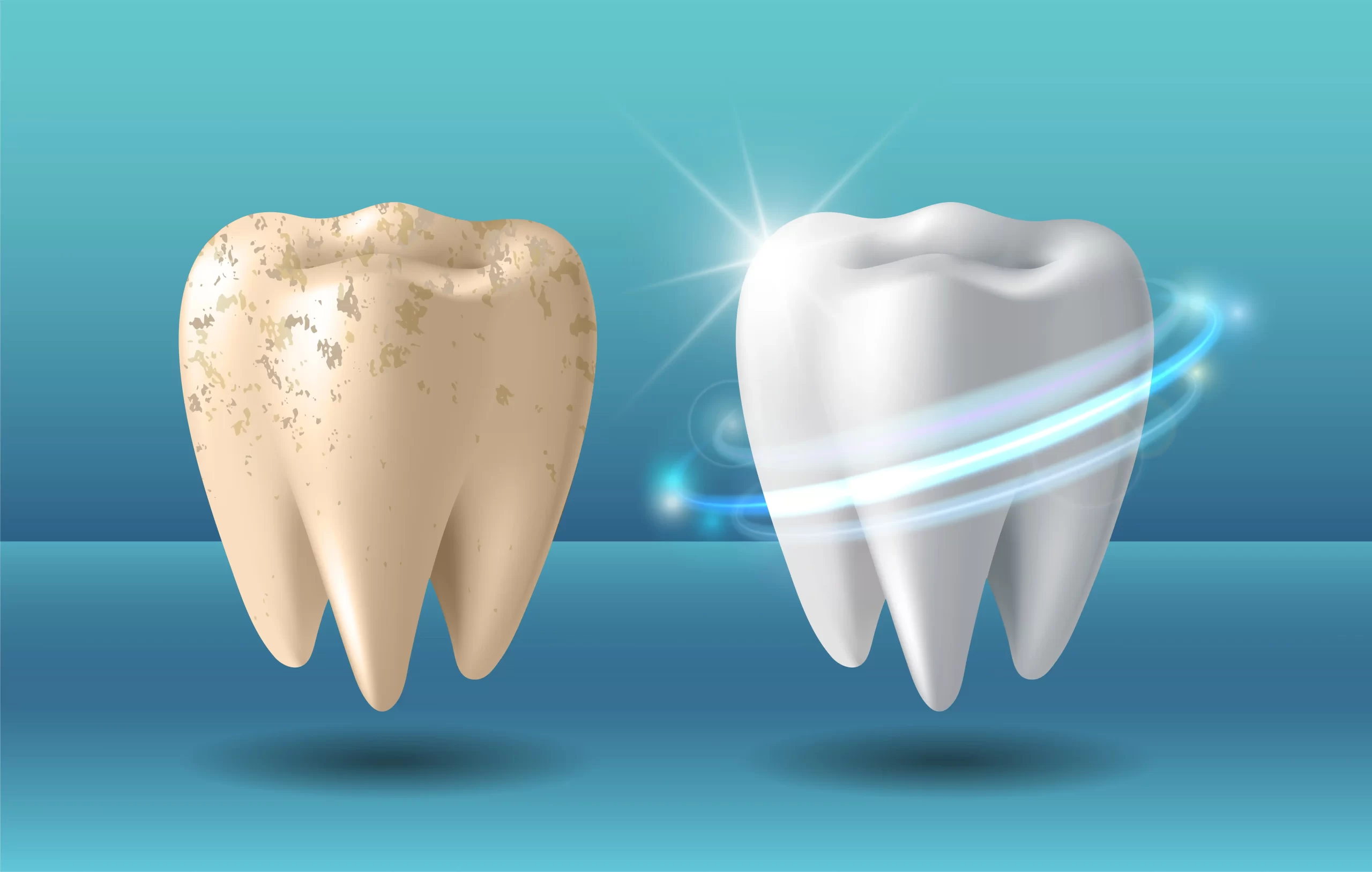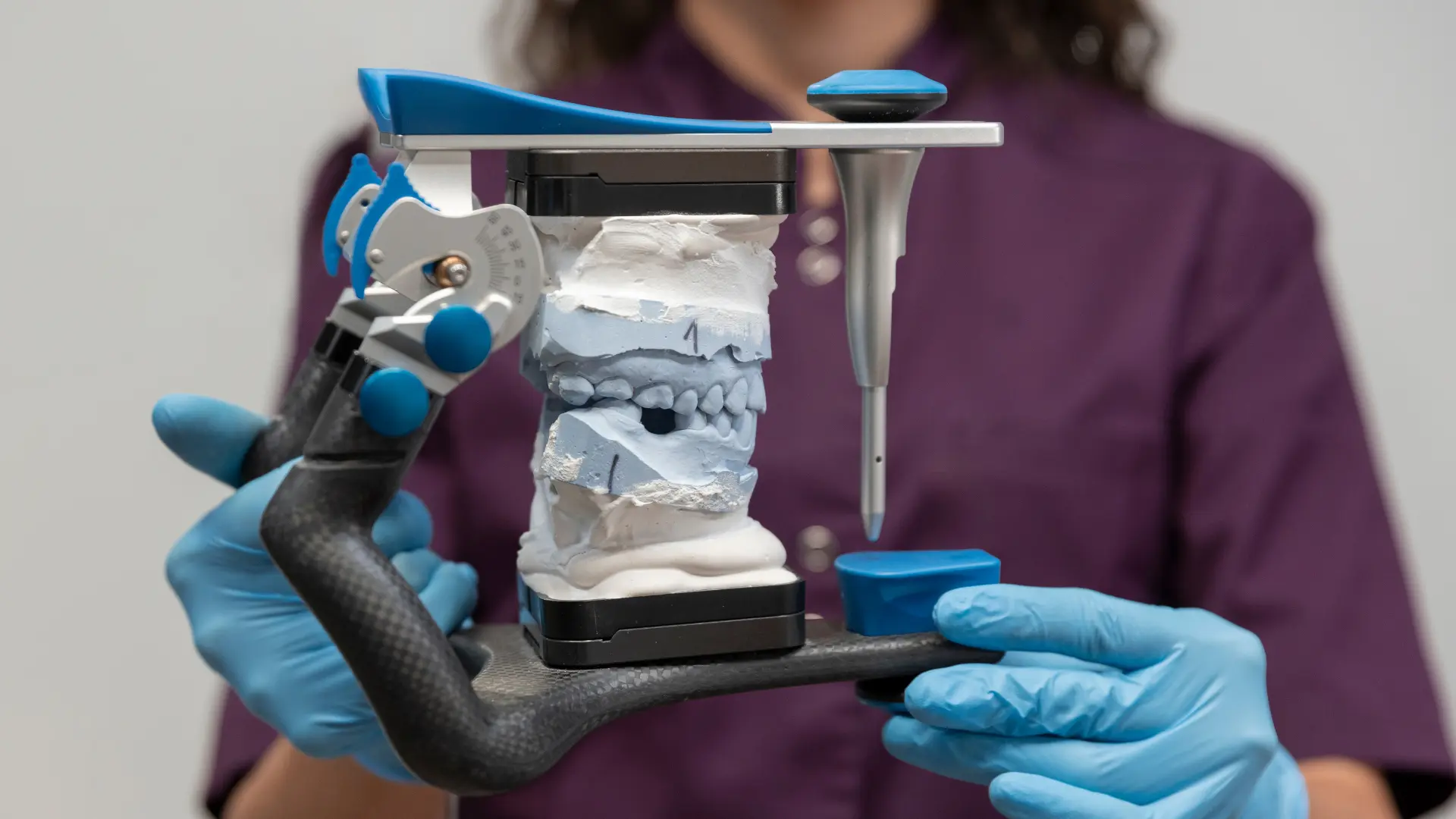Let’s imagine this: It happens that you are just having your time, sipping a cup of coffee or maybe having a snack, when out of the blue, a nagging toothache begins to annoy you. What you are feeling is not just any ache. It’s persistent, it’s uncomfortable and it starts to concern you. It might be a serious thing?
So, this discomfort may serve as a sign of dental sepsis, a treacherous threat lurking in your mouth. But do not fret, we are here to put some light on this dental predicament. This blog will outline what exactly causes dental sepsis, how to recognize its elusive symptoms as well as what to do to treat it. Hence, if you are interested in more information about protecting your smile, take a seat and read on!
What is Dental Sepsis?
Tooth sepsis, which is also known as a dental abscess, is caused by bacteria that invade the dental pulp or the tissues around it, thus triggering an inflammatory reaction. Such situations usually come from untreated dental decay, gum disease, or dental trauma. The disease may be contagious if left untreated, leading to serious problems.
Symptoms of Dental Sepsis
Manifestation of dental sepsis is a painful tooth, face or gums edema, fever, unpleasant taste or smell in the mouth, swallowing and breathing problems, as well as a feeling of general weakness. In some instances, the infection might result in the development of abscess, filled with pus, which can lead to severe pain and pressure in the affected area.
Causes of Dental Sepsis
Bacterial infection is the main origin of dental sepsis, frequently caused by bad oral hygiene habits, neglected dental cavities, or gum disease. If bacteria penetrate tooth enamel and dentin layers, they can access dental pulp, thus, causing inflammation and infection. If treatment is not given on time, infection can spread to the neighboring tissues, thus, increasing the risk for additional complications.

Treatments of Dental Sepsis
The treatment of dental sepsis usually entails draining the abscess to let out pus and relieve pressure, combined with antibiotics that kill the infection. In some situations, root canal therapy is required, to eliminate the infected tissue and preserve the tooth. In severe cases, surgical therapy may be necessary for extraction of the infected tooth or resolution of underlying bone destruction. In addition, good oral hygiene practices together with timely dental care can prevent further cases of dental sepsis.
What are signs of sepsis from a tooth infection?
In sepsis that results from a tooth infection, symptoms could be high fever, increased rate of heart beat, high rate of breathing, a person becomes disoriented, a person becomes lightheaded, and a precipitous decline in blood pressure. If you have any of these signs combined with megababble and/or swelling, you need to ask for medical help as sepsis could be fatal if it is not treated.
Is Dental Sepsis curable?
Indeed, dental sepsis is treatable using proper treatment that may include abscess drainage, antibiotics to eliminate infection, and in some instances, dental procedures to eliminate the infected tissue or handle the underlying problem. Nevertheless, timely action is vital to stop the infection from spreading and causing some severe complications.
How common is Sepsis in dentistry?
Although sepsis resulting from dental infections is rare, it does happen, especially when the infections are untreated or are very severe. A significant role in precluding the development of sepsis may be played by provision of proper dental care, including usual dental check-ups and timely treatment of the dental problems.
Dental Sepsis FAQ
Which are the symptoms of early warnings of Sepsis?
Sepsis early warning signs are fever, tachycardia, tachypnea, altered mental status, nausea or vomiting and oliguria. Should you notice any of these signs, particularly in the presence of an existing infection or injury, prompt medical attention is paramount.
What are three red flags for Sepsis?
Three of the red flags for sepsis are elevated temperature, tachypnea, and tachycardia. These signs, especially when linked with altered level of consciousness and reduced production of urine, may signify sepsis and need emergency medical assessment and management.
How long before Sepsis is fatal?
There is a wide range of sepsis progression depending on factors like the underlying cause, the overall health of the individual, and the treatment timeliness. If not promptly intervened, sepsis poses the risk of a rapid life-threatening situation in which organ failure occurs and death ensues in a matter of days or even hours in severe cases.
What is stage 1 of Sepsis?
Sepsis stage 1, also called sepsis or sepsis syndrome, is represented by an infection that is proved by clinical signs and the presence of systemic inflammatory response syndrome (SIRS) criteria. Criteria to consider consist of abnormalities in temperature, heart rate, respiratory rate, and white cell count. The prompt identification and early intervention at this phase are essential to avoid the development of severe sepsis or septic shock.
Is Sepsis treatable with antibiotics?
Antibiotics are an essential part of sepsis treatment since they help in removing the underlying infection that causes the condition. Though, the ability of antibiotics to treat sepsis depends on many factors such as type of infection, severity of the disease, and timing of treatment. Sometimes, more interventions like support care and surgeries are required to deal with sepsis complications.
Does a tooth infection lead to sepsis?
Of course, sepsis can be developed from a tooth infection if it disseminates past the tooth and into the blood stream or neighboring tissues. If dental infection is not treated quickly, the bacteria which is responsible for that, can get into the bloodstream and commit the systemic inflammation which means possible sepsis. As such, it is important to get dental care early as symptoms of dental infection may progress to severe sepsis.











